In the heart of California's Sierra Nevada mountain range, a geological mystery has been unfolding for millions of years, hidden beneath the Earth's surface. Seismologist Deborah Kilb, while poring over earthquake records from the past four decades, stumbled upon a peculiar pattern: a series of deep earthquakes occurring at depths where seismic activity is typically unexpected. This discovery has led to groundbreaking insights into the geological processes shaping our planet and the formation of continents.
The Peculiar Earthquakes
Kilb, a researcher at the Scripps Institution of Oceanography at the University of California, San Diego, noticed something unusual in the earthquake data. In Northern California, earthquakes usually occur at depths of about 10 kilometers (6 miles), while in Southern California, they can reach depths of up to 18 kilometers (11 miles). However, the earthquakes she identified in the central Sierra Nevada were occurring at depths of 20 to 40 kilometers (12.4 to 25 miles)—twice as deep as expected.
"The fact that we see some seismicity that’s below 20 kilometers—like 20 kilometers to 40 kilometers—is very odd," Kilb said. "It’s not something you would typically see in crustal earthquakes."
Collaborative Insights
Kilb shared her findings with Vera Schulte-Pelkum, a research scientist at the Cooperative Institute for Research in Environmental Sciences and an associate research professor of geological sciences at the University of Colorado Boulder. Schulte-Pelkum had been studying the Sierra Nevada's unique rock formations, which showed signs of deep rock deformations in the same area. Together, they decided to investigate further using a technique known as receiver function analysis, which maps the Earth's internal structure using seismic waves.
Lithospheric Foundering: A Geological Revelation
Their research revealed that the central region of the Sierra Nevada is undergoing a process known as lithospheric foundering. This occurs when the Earth's outermost layer, the lithosphere, which consists of the rigid crust and the upper part of the mantle, begins to sink into the denser, more fluid mantle below. This process results in the peeling away of the Earth's crust, allowing less dense material to rise to the surface and form continents.
Kilb and Schulte-Pelkum reported their findings in the journal Geophysical Research Letters. Their study suggests that lithospheric foundering is not only occurring but is also progressing northward across the mountain range.
The Significance of Lithospheric Foundering
Understanding lithospheric foundering is crucial for several reasons. Firstly, it offers rare insights into how continents formed. The Earth's lithosphere is composed of both oceanic and continental crusts, with the latter being less dense and thus "floating" above sea level. Lithospheric foundering helps explain how these less dense materials rise to the surface, creating the landmasses we inhabit today.
Schulte-Pelkum explained, "The continents just happened to be sticking up above the current sea level, luckily for us, because ... they’re made of less dense minerals on average. To make it sit higher (in the first place), you have to get rid of some of the dense stuff." This process involves the sinking of denser materials into the mantle, allowing the less dense material to emerge at the top.
Imaging the Earth's Interior
Using receiver function analysis, the researchers imaged the Earth's interior beneath the Sierra Nevada. They discovered a distinct layer within the mantle, approximately 40 to 70 kilometers (25 to 43 miles) deep, with specific imprints that change gradually towards the north. This layer explains the deep earthquakes Kilb observed, as the crust in the central region is unusually thick and colder than the hot mantle material typically found at those depths.
Schulte-Pelkum likened the process to squeezing a block of clay with different colored spots, which then turn into stripes. In the southern Sierra, the dense rocks have already sheared away from the crust, while in the central region, this process is ongoing. In the northern Sierra, no signs of deformation are currently present.
Geological Implications and Future Research
Evidence for lithospheric foundering has been elusive due to its slow pace and invisibility from the surface. Scientists theorize that the southern Sierra completed this process about 4 million to 3 million years ago. Similar events are believed to occur periodically worldwide, contributing to the evolution of continents over geological timescales.
Mitchell McMillan, a research geologist and postdoctoral fellow at Georgia Tech, highlighted the significance of this study. "There are really two competing hypotheses to explain all these data, and you don’t really get that very often in geology. ... So this paper is going to add to that whole discussion in a really neat way."
Further research in this area could enhance our understanding of how the Earth evolves over long timescales. If lithospheric foundering continues beneath the Sierra Nevada, the landscape will likely change, with the land stretching vertically. However, this process could take several hundred thousand to a few million years.
Broader Geological Context
Large mountain belts, such as the Andes in South America, are prime locations for lithospheric foundering events. Understanding this process on Earth could also provide insights into geological phenomena on other planets, such as Venus, which lacks plate tectonics but shows evidence of lithospheric foundering.
Schulte-Pelkum emphasized the broader implications of their findings: "It’s really fascinating to think about how you could be ... hiking in the Sierra or in the foothills, or even anywhere else on a continent. And, you know, there’s stuff going on really deep underneath you that we’re not aware of."
The discovery of deep earthquakes and the ongoing process of lithospheric foundering beneath the Sierra Nevada mountain range has profound implications for our understanding of Earth's geological history and the formation of continents. This research not only sheds light on the hidden processes shaping our planet but also underscores the importance of interdisciplinary collaboration in unraveling geological mysteries.
As scientists continue to explore the depths of the Earth and the processes that drive its evolution, the Sierra Nevada serves as a reminder of the dynamic forces at play beneath our feet. Understanding these processes is essential not only for advancing geological knowledge but also for appreciating the intricate systems that support life on our planet.
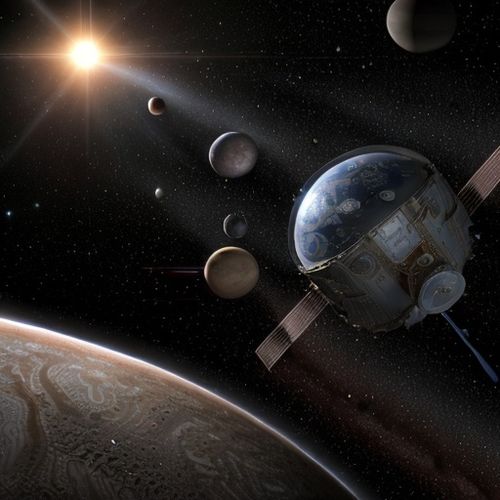
By Sophia Lewis/May 6, 2025
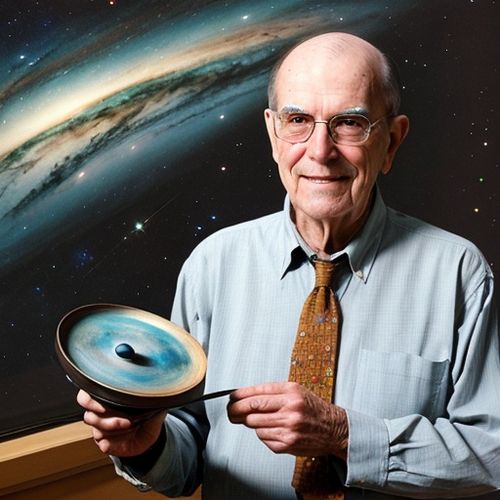
By Olivia Reed/May 6, 2025
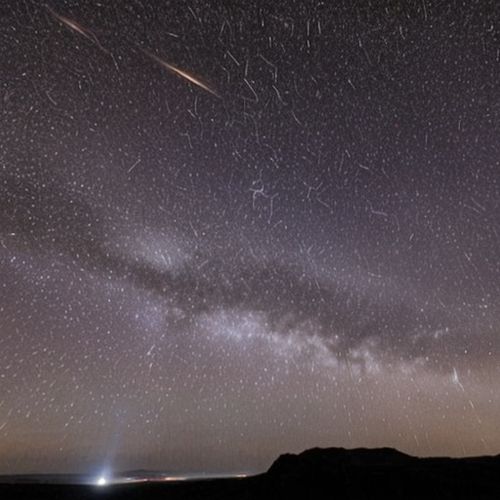
By William Miller/May 6, 2025

By Eric Ward/May 6, 2025
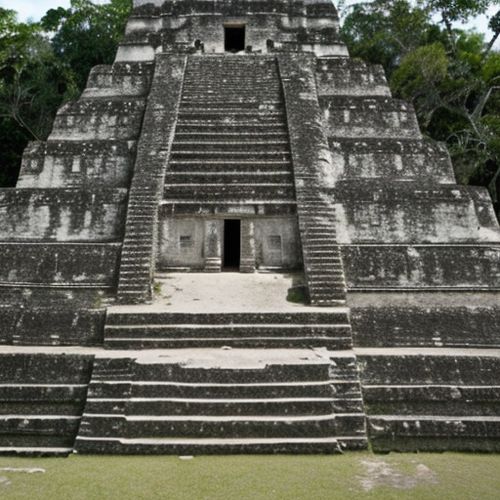
By John Smith/May 6, 2025

By Rebecca Stewart/May 6, 2025
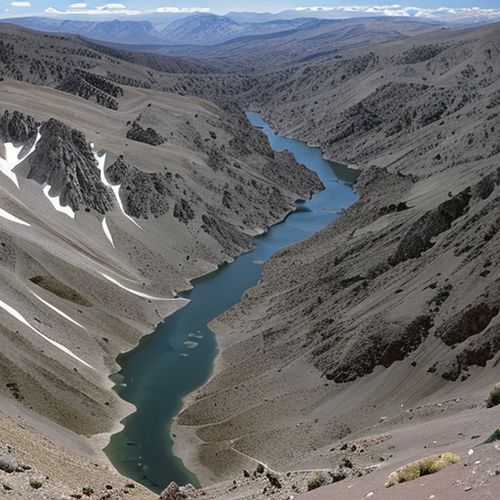
By Benjamin Evans/May 6, 2025
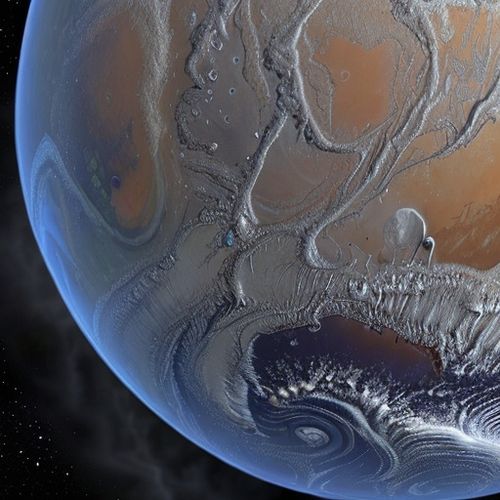
By Eric Ward/May 6, 2025
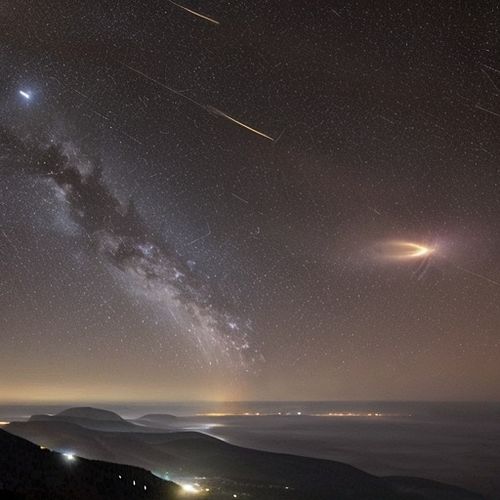
By Eric Ward/May 6, 2025
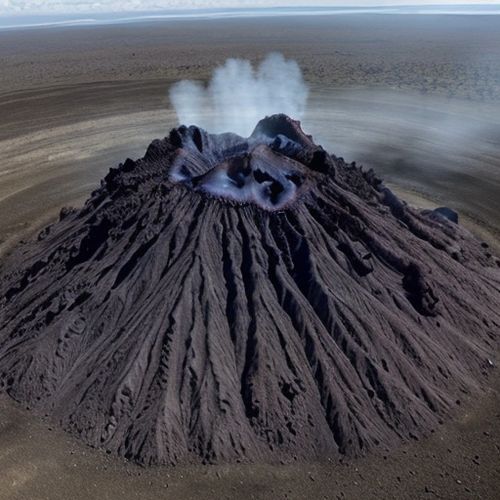
By Daniel Scott/May 6, 2025

By Benjamin Evans/May 6, 2025
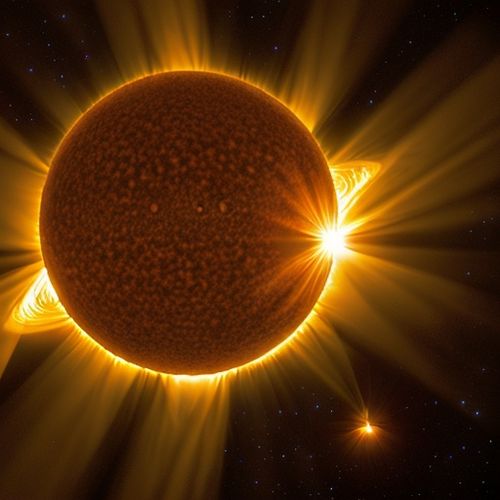
By Elizabeth Taylor/May 6, 2025

By James Moore/May 6, 2025
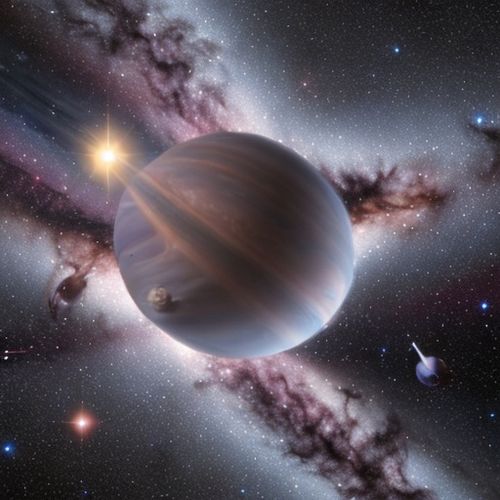
By Victoria Gonzalez/May 6, 2025

By Sophia Lewis/May 6, 2025
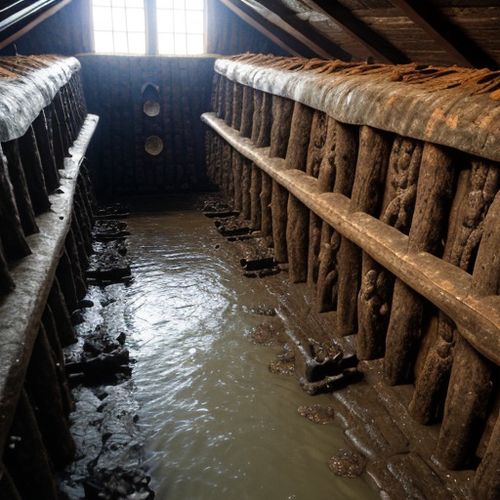
By Laura Wilson/May 6, 2025

By Olivia Reed/May 6, 2025

By David Anderson/May 6, 2025

By Olivia Reed/May 6, 2025
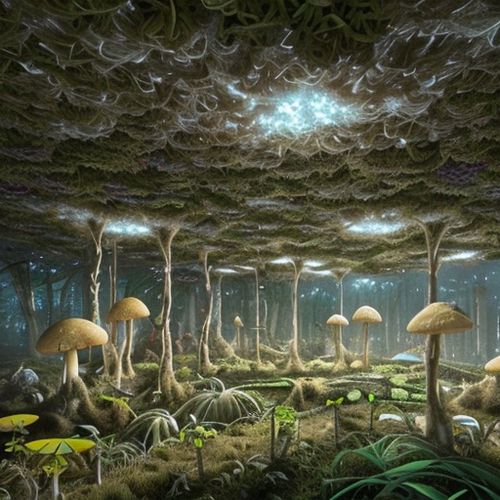
By Sophia Lewis/May 6, 2025